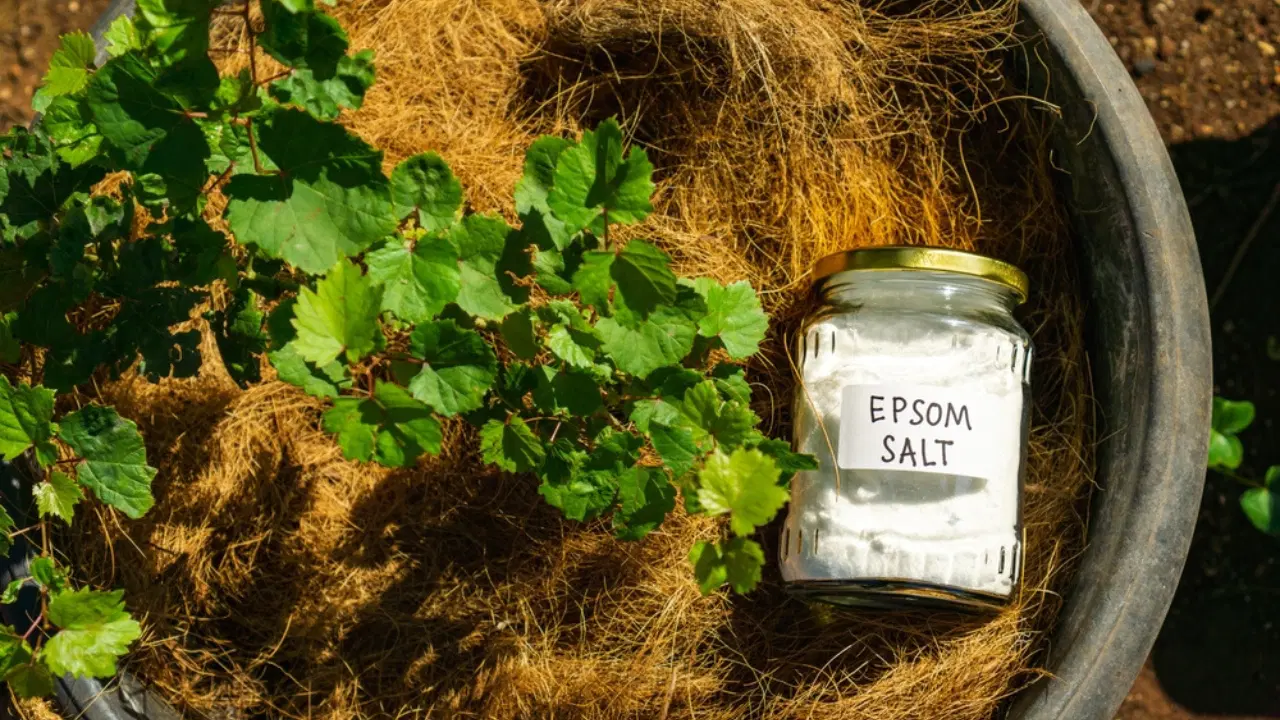Sago palms (Cycas revoluta) are popular ornamental plants known for their striking appearance and resilience. They produce pups, or offsets, which are small plants that grow at the base of the mature plant. Understanding how long it takes for these pups to root is essential for successful propagation. This article will explore the rooting process of sago palm pups, factors affecting rooting time, care requirements, and common issues faced during propagation.
Overview of Sago Palm Pups
Sago palm pups are essentially clones of the parent plant and can be propagated to create new plants. They are characterized by their bulbous shape and can vary in size from a few inches to several feet, depending on their age and the size of the parent plant.
Key Characteristics of Sago Palm Puppies:
- Growth Habit: Sago palm pups grow in clusters around the base of the parent plant. They can be removed and replanted to propagate new sago palms.
- Leaf Structure: The leaves of pups are pinnate, resembling feathers, and can vary in color from bright green to dark green.
- Root System: Healthy pups should have a well-developed root system, including a taproot, which is essential for their establishment.
Rooting Timeline for Sago Palm Pups
The time it takes for sago palm pups to root can vary based on several factors, including environmental conditions, care practices, and the health of the parent plant. Generally, sago palm pups can take anywhere from 4 to 12 weeks to establish roots after being transplanted.
Factors Affecting Rooting Time
- Environmental Conditions: The temperature, humidity, and light levels significantly influence rooting time. Sago palms prefer warm temperatures (60°F to 80°F or 15°C to 27°C) and bright, indirect light.
- Soil Quality: Well-draining soil is crucial for preventing root rot and promoting healthy growth. A mix of sand, perlite, and peat moss is often recommended.
- Watering Practices: Overwatering can lead to root rot, while underwatering can stress the plant. It is essential to find a balance to encourage healthy root development.
- Health of the Pup: Healthy pups with an intact root system will root faster than those that have been damaged or are unhealthy.
Propagation Process for Sago Palm Pups
To successfully propagate sago palm pups, follow these steps:
1. Timing for Removal
The best time to remove pups is during the spring or early summer when the parent plant is actively growing. This timing helps ensure the pups are healthy and can establish themselves quickly.
2. How to Remove Pups
- Preparation: Water the parent plant a day before removal to hydrate the soil and reduce stress on the plant.
- Cutting the Pup: Use a clean, sharp knife or pruning shears to cut the pup away from the parent plant. Aim to include as much of the root system as possible.
- Allowing to Callus: After cutting, let the pup sit in a shaded area for a few days to allow the cut end to callus. This helps prevent rot when planted.
3. Planting the Pup
- Soil Preparation: Prepare a pot with well-draining soil as mentioned earlier.
- Planting Depth: Plant the pup in the pot, ensuring that the cut end is buried just below the surface. The green part should be exposed, while the bark-like portion is buried.
- Watering: Water lightly after planting, allowing the soil to dry out between waterings until the pup establishes roots.
Care Requirements for Sago Palm Puppies
Taking care of sago palm puppies involves several key factors:
1. Light Requirements
Sago palms prefer bright, indirect light. While they can tolerate some direct sunlight, too much can scorch their leaves. Here are some tips for providing adequate light:
- Indoor Light: Place the sago palm puppy near a window with filtered light, such as an east or west-facing window. Avoid placing it in direct afternoon sunlight.
- Outdoor Light: If grown outdoors, choose a location that offers partial shade, especially during the hottest parts of the day.
2. Watering Practices
Sago palms are sensitive to overwatering, making proper watering techniques crucial for their health. Here’s how to effectively water a sago palm puppy:
- Watering Frequency: Allow the soil to dry out between waterings. Typically, watering every 1-2 weeks is sufficient, depending on environmental conditions.
- Watering Technique: When watering, apply water directly to the base of the plant. Avoid getting water on the leaves to prevent rot.
- Signs of Overwatering: Yellowing leaves and a mushy root system are indicators of overwatering. If these symptoms occur, reduce watering frequency and improve drainage.
3. Soil Requirements
The soil used for sago palm puppies should be well-draining to prevent root rot. Here are some recommendations for soil preparation:
- Soil Composition: Use a potting mix that contains sand, peat moss, and compost. This combination promotes good drainage while retaining some moisture.
- Pot Selection: If planting in a pot, choose one made of unglazed ceramic or terra cotta, as these materials help absorb excess moisture. Ensure the pot has drainage holes.
4. Fertilization
Sago palm puppies do not require heavy fertilization, but providing nutrients can promote healthy growth. Here are some tips for fertilizing:
- Fertilizer Type: Use a slow-release fertilizer formulated for palms or cycads. Follow the manufacturer’s instructions for application rates.
- Fertilization Schedule: Fertilize during the growing season (spring and summer) every 6-8 weeks. Avoid fertilizing during the dormant months (fall and winter).
5. Temperature and Humidity
Sago palms thrive in warm temperatures and moderate humidity levels. Here’s how to maintain optimal conditions:
- Temperature Range: Ideal temperatures for sago palm puppies range from 60°F to 80°F (15°C to 27°C). Protect them from frost and extreme cold.
- Humidity Levels: While sago palms can tolerate dry air, they benefit from increased humidity. Consider misting the leaves or placing the pot on a tray filled with water and pebbles to enhance humidity.
6. Pest Management
Sago palms can be susceptible to pests such as scale insects and mealybugs. Regular monitoring and prompt action can prevent infestations:
- Inspection: Check the leaves and stems regularly for signs of pests. Look for sticky residue, webbing, or visible insects.
- Treatment: If pests are detected, treat them with insecticidal soap or neem oil. Follow the product instructions for effective application.
Common Issues and Troubleshooting
While caring for sago palm puppies is generally straightforward, some issues may arise. Here are common problems and their solutions:
1. Yellowing Leaves
Yellowing leaves can indicate overwatering or nutrient deficiencies. To address this issue:
- Check Watering Practices: Ensure that the soil is not consistently soggy. Allow it to dry out between waterings.
- Fertilization: If the plant has not been fertilized recently, consider applying a balanced fertilizer to provide necessary nutrients.
2. Slow Growth
If a sago palm puppy is not growing as expected, evaluate the following:
- Light Conditions: Ensure the plant is receiving adequate light. If it’s too shaded, consider moving it to a brighter location.
- Soil Quality: Check the soil for compaction or poor drainage. Refreshing the soil or repotting may be necessary.
3. Pests
If pests are detected, act quickly to prevent damage:
- Treatment Options: Use insecticidal soap or neem oil as mentioned earlier. Regularly inspect the plant to catch infestations early.
Table: Sago Palm Puppy Care Summary
| Care Aspect | Recommendations |
|---|---|
| Light | Bright, indirect light; avoid direct sunlight |
| Watering | Allow soil to dry out between waterings; water every 1-2 weeks |
| Soil | Well-draining mix of sand, peat moss, and compost |
| Fertilization | Slow-release fertilizer every 6-8 weeks during growing season |
| Temperature | 60°F to 80°F (15°C to 27°C); protect from frost |
| Humidity | Moderate humidity; mist leaves or use a humidity tray |
| Pest Management | Regularly inspect for pests; treat with insecticidal soap or neem oil |
Conclusion
Understanding how long it takes for sago palm pups to root is essential for successful propagation. Generally, it can take anywhere from 4 to 12 weeks for pups to establish roots after being transplanted, depending on various factors such as environmental conditions, soil quality, and care practices. By following the guidelines outlined in this article, you can ensure that your sago palm pups thrive and grow into healthy, beautiful plants. Remember to monitor the plants regularly for signs of stress or pests, and adjust care practices as needed.
FAQ Section
- How long does it take for sago palm pups to root?
- It typically takes 4 to 12 weeks for sago palm pups to root after being transplanted.
- What factors affect the rooting time of sago palm pups?
- Environmental conditions, soil quality, watering practices, and the health of the pup can all influence rooting time.
- What is the best time to remove sago palm pups?
- The best time to remove pups is during the spring or early summer when the parent plant is actively growing.
- How should I care for a sago palm puppy after transplanting?
- Provide bright, indirect light, water sparingly, and ensure well-draining soil. Fertilize during the growing season as needed.
- Can I propagate sago palm pups without a taproot?
- While having a taproot increases the chances of successful rooting, pups can still root without one, though success rates may be lower.
- What should I do if my sago palm puppy has yellowing leaves?
- Check for overwatering or nutrient deficiencies and adjust care practices accordingly.
- Are sago palms toxic?
- Yes, all parts of the sago palm are toxic if ingested, so handle with care.
- How can I prevent pests on my sago palm puppy?
- Regularly inspect the plant and treat any infestations promptly with appropriate methods.
For more detailed information on sago palms, you can visit the Wikipedia page on Sago Palms.By following these care guidelines and addressing common issues, you can enjoy the beauty of sago palm puppies in your home or garden for years to come.








